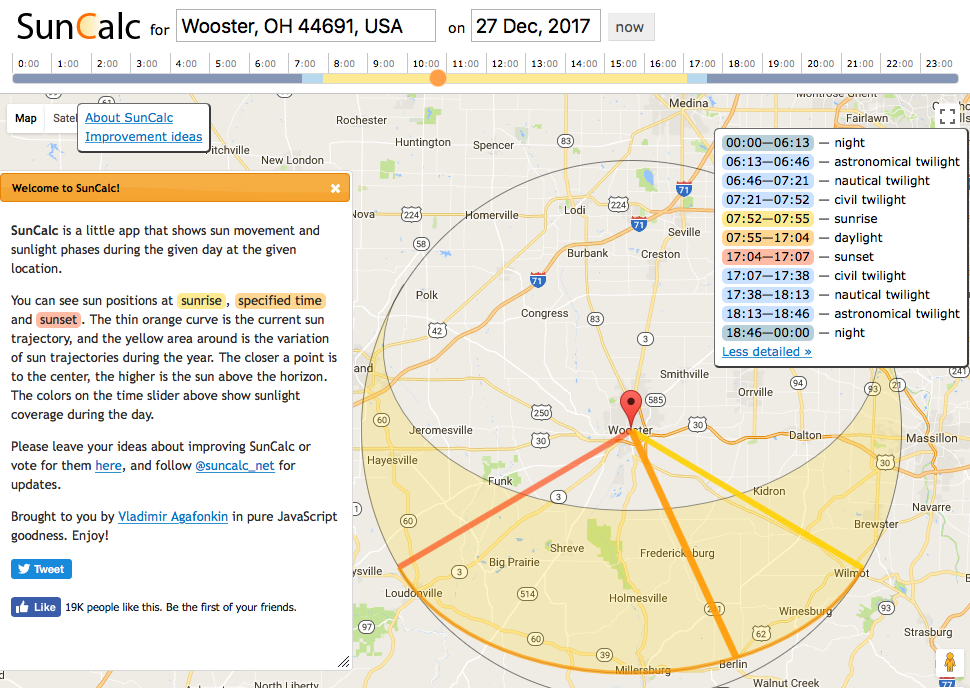|
Observing Light Patterns
Sunlight is the most important factor to our existence, without the sun we could never be. It is just the right temperature for creatures like us, it nourishes plants - as well as us (vitamin D), it evaporates water from our oceans allowing rain and snow to shower down, without it our planet would be a lifeless ball of ice-coated rock. This past year, with the eclipse crossing the US many people took the time to observe the sun and the interesting patterns it cast on the ground during the eclipse, and it was awesome, but what about the other times of the year? We assume the sun doesn’t change too much, its timing may differ but it rises every morning, sets every night, life goes on and you don’t need to be too concerned about the sun. That being said, it is interesting to observe, and there is a lot more to observe than you may think…
Yes, the sun does more than create beautiful light and shadow patterns, today go out with a renewed sense of all the factors that play into our existence thanks to that bright star in the sky! References/links for more info: Different types of twilight - https://www.timeanddate.com/astronomy/different-types-twilight.html Differences of Sunrise and Sunset - https://www.livescience.com/34065-sunrise-sunset.html Atmospheric Optics - https://en.wikipedia.org/wiki/Atmospheric_optics The Sun and Us - https://history.nasa.gov/EP-177/ch3-1.html Health benefits of sun exposure - http://www.medicaldaily.com/sun-exposure-vitamin-d-and-other-health-benefits-sunlight-246487 Color Temperature - https://en.wikipedia.org/wiki/Color_temperature Sun Calculator - http://suncalc.net/
0 Comments
Leave a Reply. |
AboutSince 2015 we have been exploring and sharing all the amazing things we’ve found in nature. AuthorEmily is an Ohio Certified Volunteer Naturalist who is most often found out in the woods. Archives
June 2024
Categories
All
|

 RSS Feed
RSS Feed